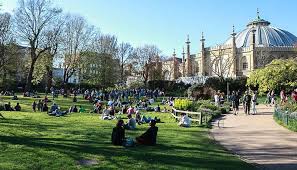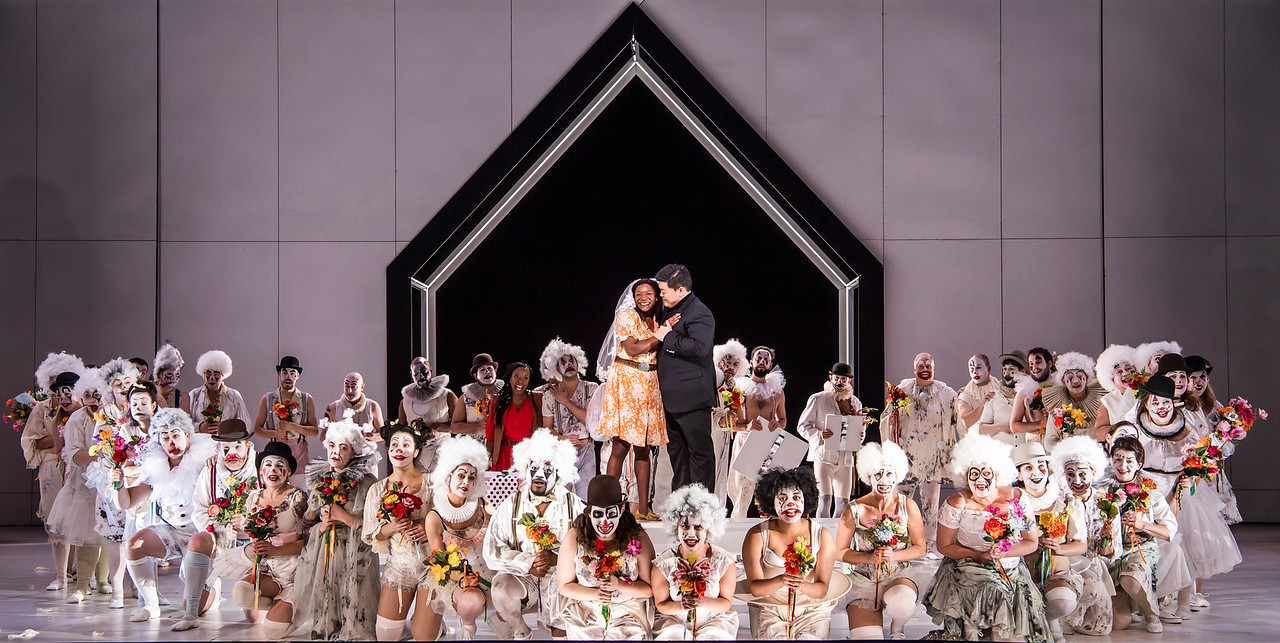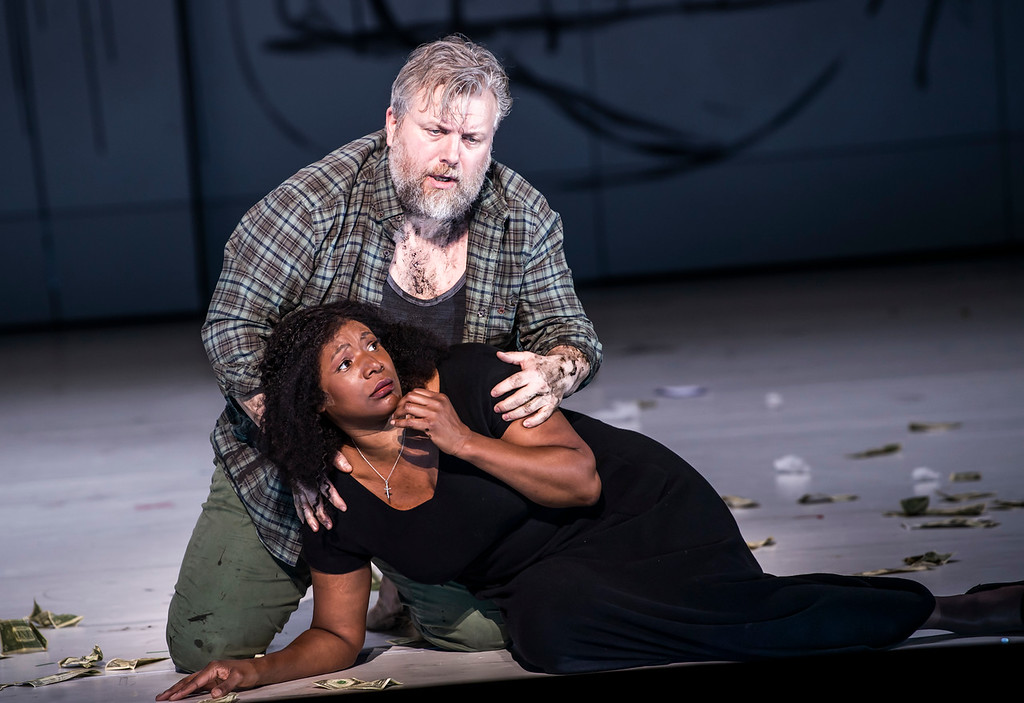Brighton Dome & Brighton Festival has launched a new service to assist visitors with disabilities and other access needs to make their experience at the venue easier and more enjoyable.
The Access Scheme enables customers who have additional requirements to book accessible seats, arrange for venue staff to assist them in advance of a show and ensure complimentary personal assistant tickets are allocated. Customers or carers can join the scheme by filling out a simple form, allowing Brighton Dome staff to register their needs and making bookings easier to complete. Visitors with hidden disabilities will also have the option to wear a Hidden Disability Sunflower Lanyard, which is a growing national scheme, as a discreet sign to front of house staff to offer extra assistance if it is needed.
Customers can sign up and find out more about the scheme at Brighton Dome’s Access Open Day on Sat 29 Feb, which will include free performances, talks and a backstage tour. There will also be a café takeover from Brighton based charity Team Domenica, who support people with learning disabilities into employment.
Brighton Dome developed the scheme in consultation with charity, Attitude is Everything which aims to improve Deaf and disabled people’s access to live performances.
Jacob Adams, Head of Research and Campaigns at Attitude is Everything said:
“Attitude is Everything welcomes the launch of Brighton Dome’s Access Scheme. The scheme provides efficient and person-centred customer service to Deaf and disabled people, enabling access requirements to be registered once without having to repeatedly submit evidence. It’s fantastic to see another major venue develop their offer, joining our flagship campaign to promote ticketing without barriers. This initiative benefits audiences but also staff tasked with ensuring the delivery of top-class customer service which enables audiences to access Brighton Dome’s full range of events.”
Brighton Dome & Brighton Festival regularly programmes performances for adults and young people with a range of access needs in mind, including BSL interpretation and captioning, relaxed performances, touch tours, productions by disabled artists and a partnership with learning disability arts charity Carousel.
Christopher Wyer, Access Scheme member and Deaf Cultural Outreach Group (DeafCOG) volunteer said:
“I’ve certainly benefited from using Brighton Dome’s Access Scheme. I often have to repeatedly express my needs to ensure accessible service but this scheme is personalised so it makes you feel like you are being treated as a valued customer. It also allows venue staff to understand what I need when booking tickets or visiting the venue and makes access to information about BSL interpreted and captioned performances easier. DeafCOG are tremendously grateful for their effort in making the scheme a reality.”
Andrew Comben, Chief Executive, Brighton Dome & Brighton Festival added:
“By understanding our customer’s accessibility needs we can provide a much better experience for those who need extra help or support during a visit to our venues or Brighton Festival events. We want to make the arts as inclusive as possible so that everyone can participate without restrictions.”
Further information on how to join the scheme can be found online https://brightondome.org/access/ or telephone 01273 261541 and email: access@brightondome.org.
Access Open Day: Sat 29 Feb, 12 noon to 4pm, free admission
Brighton Dome, Church Street, Brighton BN1 1UE



